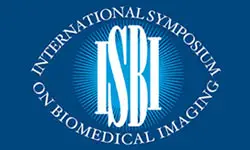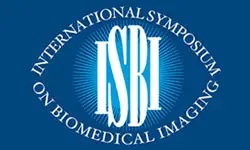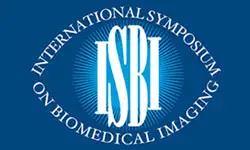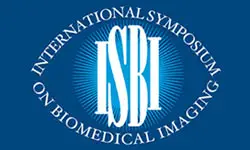-
Members: FreeSPS
IEEE Members: $11.00
Non-members: $15.00Length: 00:02:15
19 Apr 2023
Automated multi-organ segmentation is an increasingly important field of research enabling a holistic assessment of the human body. Deep learning-based methods, which are increasingly potent at segmentation tasks, struggle to provide anatomy consistent results due to the highly diverse input data. This e.g. may lead to the prediction of the liver in the head region as the data-driven method is not aware of typical locations of these organs. In this work, we propose to use anatomical attention to circumvent this problem. We define it as distance maps with respect to anatomical landmarks. We also introduce a pipeline to enable the use of anatomical attention. In a first step, anatomical distance maps are extracted using a lightweight attention network. These attention distance maps are then fused with the image data to provide additional anatomical information for a segmentation network. In total, the proposed pipeline is leveraged for a whole-body multi-organ segmentation task of 14 organs. In our evaluation, conducted as an ablation study, the added anatomical attention leads to an average dice score of 60.2, compared to 53.2 of an attention U-Net and 41.8 of a vanilla U-Net. Fur- thermore, we achieved anatomically plausible predictions.



